Joint Usage / Research Center
University of Tsukuba

Joint Usage / Research Center
University of Tsukuba
ARIHHP, the Advanced Research Initiative for Human High Performance, is a research center designed to help individuals achieve high performance through sports activities that integrate mind, body, and technique, and to further promote vitality at the individual and societal levels.
Based on the University of Tsukuba’s outstanding health and sport sciences research facilities and advanced technologies, ARIHHP endeavors to realize the optimization of human physical ability (Human High Performance: HHP), and promote research and innovations that contribute to solving the global issue of the “declining vitality of people and society”.
The results of these endeavors are expected to be widely applied to society, which is comprised not only of athletes (including disabled athletes), but also of, for example, children, the elderly, workers and people with diseases, through policy recommendations, community sport and education.
In addition, in academic year 2022, ARIHHP was designated as a Joint Usage / Research Center – the first time in the health and sport sciences field. Since then, it has been networking with organizations in industry, academia and government throughout Japan, and has been leading HHP research on a global scale.
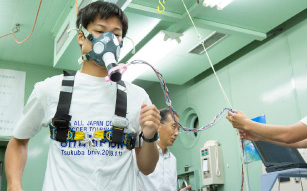

The ARIHHP logo represents the recovery curve of “supercompensation”, the fundamental theory of the effect of physical training on the mind and body.
Traditionally, science and technology have focused on the inferior aspects of human physical ability and have been developed by supporting, expanding upon and supplementing such aspects. However, sport science has proven that even if human physical ability is low, it can be enhanced through proper training. Human performance (physical ability) is comprised not only of physical strengths, such as muscle strength and endurance, but also of various other factors, such as technique and equipment, metabolic ability, stress tolerance, cognitive performances (such as attention and judgement) and communication skills. By comprehensively analyzing these factors from various perspectives based on Kokoro, Waza and Karada*, we aim to optimize comprehensive human physical ability, to contribute to the formation of healthy and resilient people, and to enhance the activeness of people and society.
*Kokoro, Waza and Karada represent mental existence, skills and physical existence, respectively: in traditional Japanese philosophy, improving and balancing these three elements is believed to enhance performance.
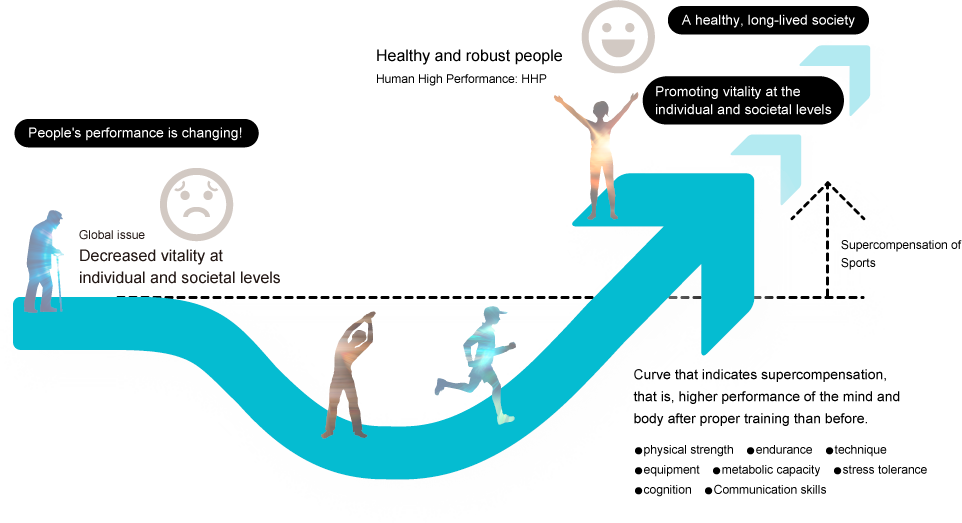
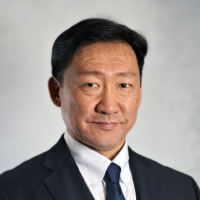
Since academic year 2022, the University of Tsukuba launched the Fourth Mid-term Goals and Plans, which aims to transcend all borders, lead the world in various fields of research and education, and achieve competitiveness comparable to other leading universities in the world. Since it’s inaugural in 2015, ARIHHP has been endeavoring to realize the optimization of human physical ability (Human High Performance: HHP), and promoting research and innovation that contribute to solving global issues, in particular those lead the world. In addition, in November 2021, ARIHHP was designated as the “Human High Performance Advanced Research Center that Promotes People’s Activity and Health” by the Ministry and Education, Culture, Sports, Science and Technology as the first Joint Usage / Research Center in the health and sport sciences field, and, at the beginning of academic year 2022, commenced the activities as a designated center officially. Furthermore, in 2024, we established a Strategy Promotion department and Computational Sport Sciences Division to further develop our functions. In this setting, ARIHHP further promotes interdisciplinary research by enhancing collaborations with both internal and external to the University of Tsukuba, and endeavors to realize HHP research that contributes to people’s performance enhancement and health promotion.
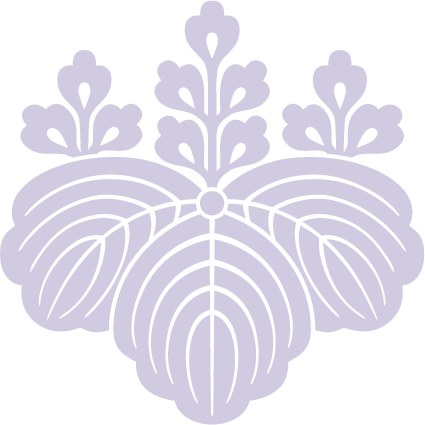
A director leads the operation of ARIHHP, as well as the Joint Usage / Research Center. Also, the director leads the Steering Committee and communicates with internal and external stakeholders. Deputy directors support the director. The Steering Committee discusses management matters, operational matters and other important matters. Selection of publicly applied research topics and some of the matters regarding the Joint Usage / Research Center are discussed with external committee members. ARIHHP includes Strategy Promotion, Research and Administration departments. The Strategy Promotion Department procures external funds, manages facilities, plans and supports collaborative projects, etc., to strategically promote research and projects. It is also responsible for public relations task of communicating the functions and the results of ARIHHP and of the Joint Usage / Research Center internally and externally. The Research Department consists of Kokoro, Waza, Karada and Computational Sport Sciences Divisions. It promotes research by collaborating within each of its divisions, among the divisions and with external organizations. The Administration Department is responsible for accounting and general affairs. Additionally, ARIHHP holds meetings of the Evaluation Committee, of which more than half of the members are external, a few times each academic year, and evaluates project achievements, operational structures, etc.
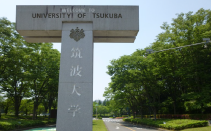
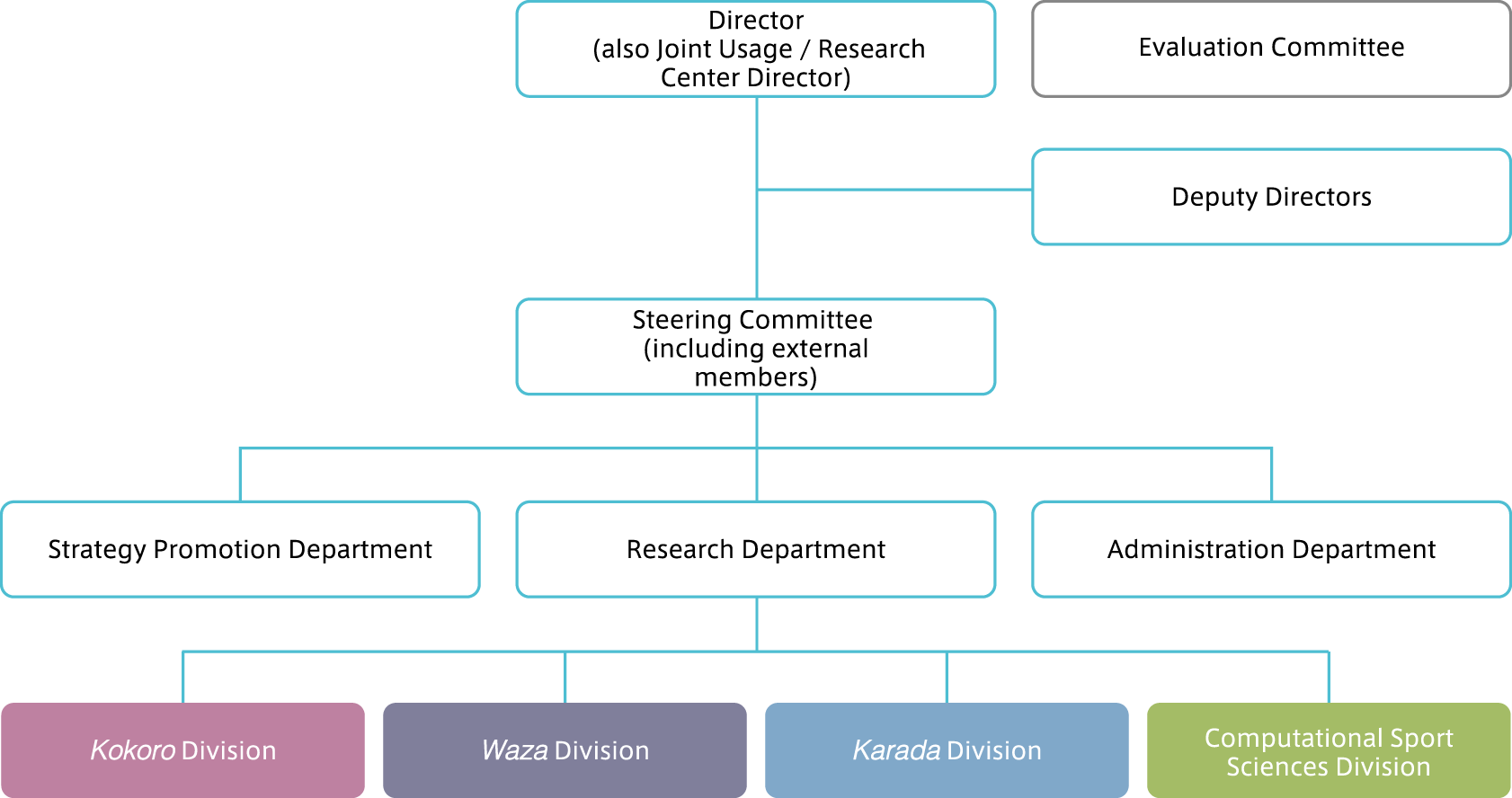

Please see here for the evaluation on ARIHHP Activities by the Evaluation Committee.
he Institute of Health and Sport Sciences, University of Tsukuba has been the leader of physical education and health and sport sciences in Japan and has been responsible for fulfilling national requirements on health promotion and performance enhancement in competitive sports.
As it has accepted many students from overseas and has produced advanced physical education personnel nationally and internationally since the era of the President KANO Jigoro of the former Tokyo Higher Normal School, it has been recognized as a centerpiece in this field in Asia.
ARIHHP, which was established in the Institute of Health and Sport Sciences in July, 2015, inherited the spirit of the Paulownia Leaves from the predecessors of the National School of Gymnastics, the National Institute of Health and Physical Education and the Institute of Sport Science, Tokyo University of Education (1960-1977). It promotes next-generation health and sport sciences through cooperation with industry, academia and government.
In November, 2021, it was recognized by the Ministry of Education, Culture, Sports, Science and Technology as a Joint Usage / Research Center for the first time in the health and sport sciences field. This was the first such designation since the Institute of Sport Science, Tokyo University of Education
was designated by the central government about half a century ago. We, as part of academia, endeavor to promote Human High Performance research and the health
of citizens by cooperating with many stakeholders across Japan.
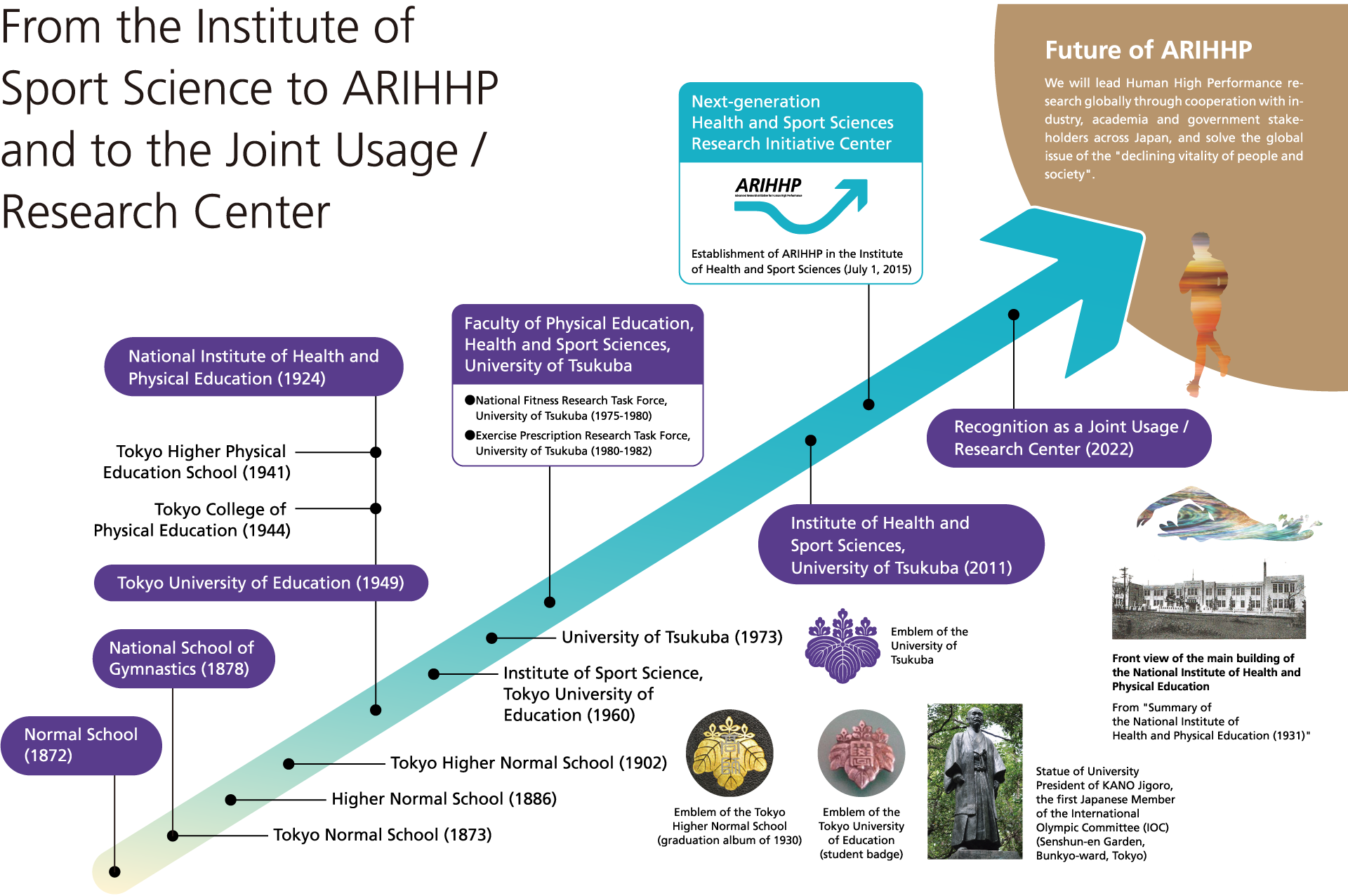
– From “Supo-Ken (Institute of Sport Sciences)” to ARIHHP –
The Path toward the Advanced Research Center of Sport Sciences
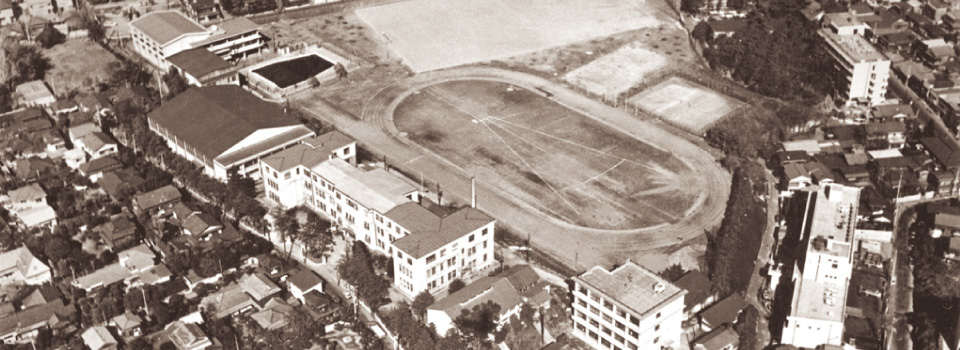
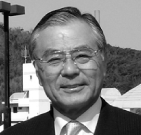
Institute of Sport Sciences at Tokyo University of Education, or “Supo-Ken” as it was popularly known, came into being in 1960, four years before the 18th Olympic Games in Tokyo (1964). Sport Physiology, Coaching Studies, and Kinematics were the main areas of specialized study, and research flourished. Many of the research results were published in academic journals in such related fields as physical education and physical sciences, as well as in our original journal, “The Bulletin of the Institute of Sport Science” (vol.1-14), which published a total of 76 original papers and 12 research documents. After seventeen years of research activities, Supo-Ken was integrated into the University of Tsukuba and closed in 1977. Half a century after Supo-Ken’s opening, we celebrated the birth of ARIHHP. As it grows to become one of Japan’s leading research centers in the 21st century, we hope that ARIHHP will continue to improve and develop through such activities as conducting cutting-edge research, nurturing human resources and broadening the scope of international exchanges.
Organization and Research Themes
| Department | Research Themes |
|---|---|
| (1) Exercise Physiology | exercise and physical functions, energy metabolism, tiredness, nutrition |
| (2) Sports Biomechanics | motion analytics, physical analysis of sporting equipment, mechanics of sports skills |
| (3) Coaching Studies | sports suitability, sports psychology, management, training, coaching |
Number of staff
Professors: 3, Assistant Professors: 3, Research Associates: 2, Office Assistant: 1
When the application was first made to establish Supo-Ken with the Education Ministry, the plan was to have 5 departments (Sport Psychology, Sport Medicine, Kinematics, Coaching, and Statistical Research) and 39 staff members (5 professors, 5 assistant professors, 10 research assistants, 5 teaching assistants and 14 others, i.e., administrative staff, nurses, etc.). However, what actually materialized were 3 departments and 9 staff members, most of whom were also working in other departments.
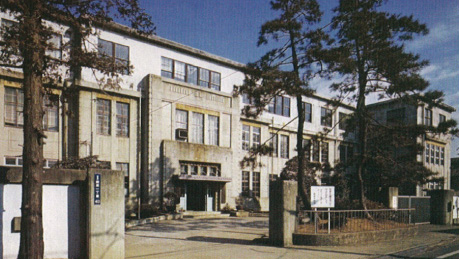
The Faculty of Health and Physical Education at Tokyo University of Education was a three-story building, the top floor of which (white colored section in the building) was an addition to the two-story building of the former National Institute of Health and Physical Education. The building on the right edge of the picture is Supo-Ken. Unfortunately, that building was demolished when the facility was relocated to the University of Tsukuba, and the site is now the home of the Shibuya Sports Center. The main entrance of the Physical Education Department (photo provided by the Tokyo University of Education Newspaper Alumni Association)
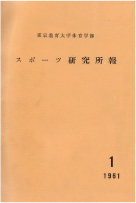 The cover of the first issue of “The Institute of Sport Sciences Bulletin”
The cover of the first issue of “The Institute of Sport Sciences Bulletin”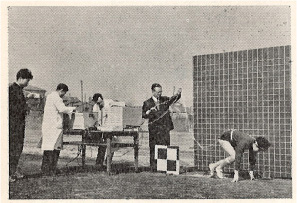 Image from the Bulletin, vol. 1 p. 2, 1961
(Professor Natori, measuring the EMG of a crouching start)
Image from the Bulletin, vol. 1 p. 2, 1961
(Professor Natori, measuring the EMG of a crouching start)
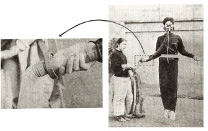 Image from the Bulletin, vol. 12 p.3, 1974
(measurement of oxygen intake, heart rate, and respiratory rate during a rope-jumping exercise)
Image from the Bulletin, vol. 12 p.3, 1974
(measurement of oxygen intake, heart rate, and respiratory rate during a rope-jumping exercise)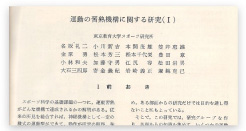
The Bulletin, vol. 1 p. 1, 1961 (“Integrated Research” beyond the boundaries of research sections)
The first director of Supo-Ken was Reiji Natori, a renowned physiologist internationally known for his “Natori fiber.” In the first issue of the Institute of Sport Science Bulletin (1961), Professor Natori and his collaborators developed a “comprehensive research” approach intent on overcoming the boundaries between academic divisions to work together for a common purpose. He and 15 of his colleagues took an extremely multidisciplinary approach to analyzing motor skill mechanisms such as the crouching start in short distance races, table tennis strokes and hip throwing techniques in Judo. Each division conducted a wide range of research, from basic research in exercise and physical strength to practical research in sports such as track and field, judo, sumo, skipping rope and mountaineering. The institute made a substantial contribution to physical education and competitive sports, fostering a large number of sports researchers and coaches, and supporting the Tokyo Olympic games in 1964. In the final issue of the “Institute of Sport Science Bulletin,” (vol.14, 1976), Professor Takeo Tawa (soccer, coaching), then director of Supo-Ken, shared his thoughts on the University of Tsukuba and the closing of the institute.
Toward the establishment of ARIHHP
Recently, the University of Tsukuba proceeded a number of projects that contributs to solve the global issues, such as “declining vitality of people and society”, by sports.
For the four years – from the academic year 2010 to 2013, “Sports Science Innovation for the Development of Tough Body and Mind: Introduction of Cognitive Neuroscience” was accepted, as a Ministry of Education, Culture, Sports, Science and Technology special education and research fund project, “Reinforcement of Multiple Academic Research Systems by Advantage of University”, Body and Mind Integrated Sport Sciences: BAMIS project was proceeded. In this project, integrating mind, skills and body, we promoted scientific researches how physical movement develops the body and mind with vitality and pliancy. In particular, the purpose of the project was to develop an innovative sports program aimed to nurture mind strong enough overcome stresses and tacle obstacles, by investigating the common essence of Budo (martial arts), such as Judo and Kendo, and of oriental bodywork, such as Yoga and meditation, and studying the effects of these common essences by using state-of-art techniques in cognitive neuroscience and by collaborating different reserch groups. To accomplish the goal, translational reserches in physical activities that bridge basic researches to application of those was held. In addition, we have created a new scientific field, called Body and Mind Integrated Sport Sciences: BAMIS by integrating different academic fiels of sports medicine and science, brain science, cognitive engineering, psychology, and physical culture. For more information on BAMIS, please see here.
The achevement, during the four-year era of BAMIS, such as high level basic research publication, application of those results, and patent acquisition was highly evaluated, for the next five years – from the academic year 2014 to 2018, “Global Initiative in Health and Sport Sciences for Human High Performance” was accepted, as a Ministry of Education, Culture, Sports, Science and Technology special education and research fund, “Internationally Outstanding Program in Education and Research: the Latest Biology and Cognitive Brain Science”, Human High Performance: HHP Project was proceeded. In this project, for developing and implementing basic technology of Human High Performance, establishing an internationally excellent joint research center by implementing the latest biology and cognitive brain science. In particular, in parallel with promoting advanced research project that integrats different research fields, a doctoral degree program in next-generation health sports sciences, which includes different research fields, and which integrates researches and application of those, was established. For the following three years – from the academic year 2019 to 2021, succeeding HHP Project, as “Interdisciplinary HHP Project”, we have been continuously promoted integration of the latest physical, engineering and medical sciences. For more information on HHP Project and Interdisciplinary HHP Project, please see here.
Then, the achievement of HHP Project led the establishment of Advanced Research Initiative for Human High Performance: ARIHHP in July, 2015.
Reproducing contents of this site is prohibited without permission form ARIHHP.© 2016 Advanced Research Initiative for Human High Performance All rights reserved.